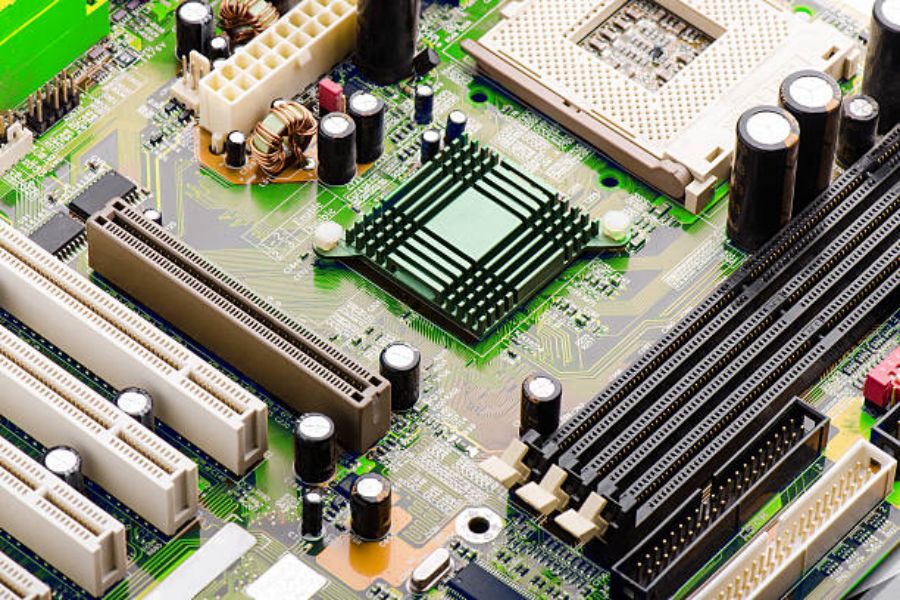Table of Contents

Common Mode Choke Differential Signal: A Comprehensive Guide
Common mode choke differential signal is an essential concept in electronics and signal processing. It plays a crucial role in reducing electromagnetic interference and achieving signal integrity in various applications. In this article, we will explore the different aspects of common mode choke differential signal, its importance, and its applications.
1. Understanding Common Mode Choke
A common mode choke is an electronic component used to suppress common mode noise and interference in electrical circuits. It is designed to attenuate unwanted common mode signals while allowing differential signals to pass through unaffected. The choke consists of two coils wound on a common magnetic core, which provides the required inductance.
Common mode chokes are commonly used in power supply circuits, communication systems, and data transmission lines to eliminate electromagnetic interference and improve signal quality.
2. The Role of Differential Signals
Differential signals are a pair of signals that carry information by the voltage difference between them. They are widely used in high-speed data transmission, audio/video applications, and various digital communication systems. Differential signals offer excellent noise immunity and are less susceptible to common mode interference.
When a common mode choke is introduced in a circuit, it allows the differential signals to pass through while blocking or attenuating any common mode noise that may be present.
3. How Common Mode Choke Works
The common mode choke works on the principle of inductance. The two coils wound on a common core create a magnetic field that opposes the flow of common mode currents. As a result, any common mode noise or interference is attenuated or blocked, while the differential signals are allowed to pass through without hindrance.
The inductance of the common mode choke determines its ability to suppress common mode noise. Higher inductance values provide better noise suppression, but care must be taken to ensure that the choke does not introduce excessive signal attenuation or delay.
4. Importance of Common Mode Choke Differential Signal
The common mode choke differential signal plays a vital role in maintaining signal integrity and reducing electromagnetic interference in various electronic systems. It helps prevent signal degradation, data corruption, and performance issues caused by common mode noise.
By effectively suppressing common mode noise, the common mode choke ensures reliable and accurate signal transmission, especially in applications where high-speed data or sensitive analog signals are involved.
5. Applications of Common Mode Choke Differential Signal
Common mode choke differential signal finds applications in a wide range of electronic systems and devices. Some common applications include:
- Power supply circuits
- Ethernet and data communication systems
- Audio/video equipment
- Telecommunication systems
- Medical devices
- Industrial automation
In all these applications, the common mode choke helps maintain signal integrity, reduce electromagnetic interference, and ensure reliable operation of the electronic devices.
6. Design Considerations for Common Mode Choke
When selecting or designing a common mode choke for a specific application, several factors need to be considered:
- Inductance value: The desired level of common mode noise suppression determines the required inductance value.
- Current rating: The common mode choke should be able to handle the maximum current expected in the circuit.
- Frequency range: The choke's performance varies with frequency, so the frequency range of the signals should be taken into account.
- Physical size: The size of the common mode choke should be suitable for the available space in the circuit or PCB.
7. Common Mode Choke vs. Differential Mode Choke
It's important to differentiate between common mode choke and differential mode choke. While common mode choke attenuates common mode noise, a differential mode choke suppresses differential mode noise, which refers to noise present between the two signals of a differential pair.
Both types of chokes serve different purposes and are used in different applications. Common mode choke is primarily used for reducing electromagnetic interference, while differential mode choke is used to enhance signal quality by suppressing differential mode noise.
8. Common Mode Choke Placement
The placement of a common mode choke in a circuit is crucial for its effectiveness. It should be located as close as possible to the noise source or the interface where the common mode noise is introduced. This allows the choke to intercept the noise before it propagates further into the circuit.
Additionally, proper grounding and shielding techniques should be employed to maximize the effectiveness of the common mode choke in reducing electromagnetic interference.
9. Common Mode Choke Selection Tips
When selecting a common mode choke for a specific application, consider the following tips:
- Refer to manufacturer datasheets for specifications and performance characteristics.
- Choose a choke with appropriate inductance value, current rating, and frequency range for your application.
- Consider the physical size and mounting options to ensure compatibility with your circuit or PCB.
- Consult with experts or experienced engineers for guidance if needed.
10. Conclusion
Common mode choke differential signal is a crucial concept in electronics, enabling the suppression of common mode noise and interference while allowing differential signals to pass through unaffected. It plays a significant role in maintaining signal integrity, reducing electromagnetic interference, and ensuring reliable operation of electronic systems. By understanding the principles and applications of common mode choke, engineers and designers can effectively enhance the performance and reliability of their circuits and devices.
